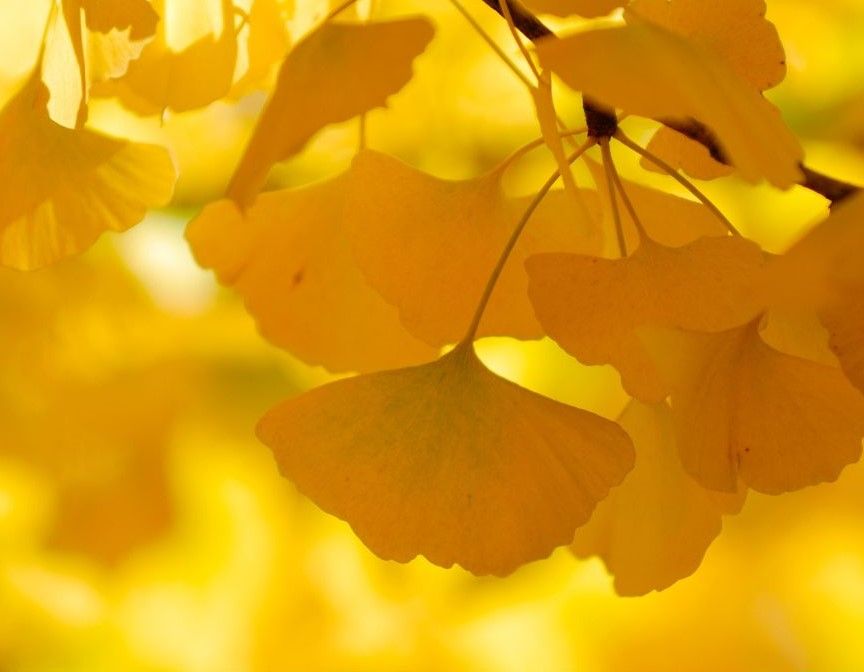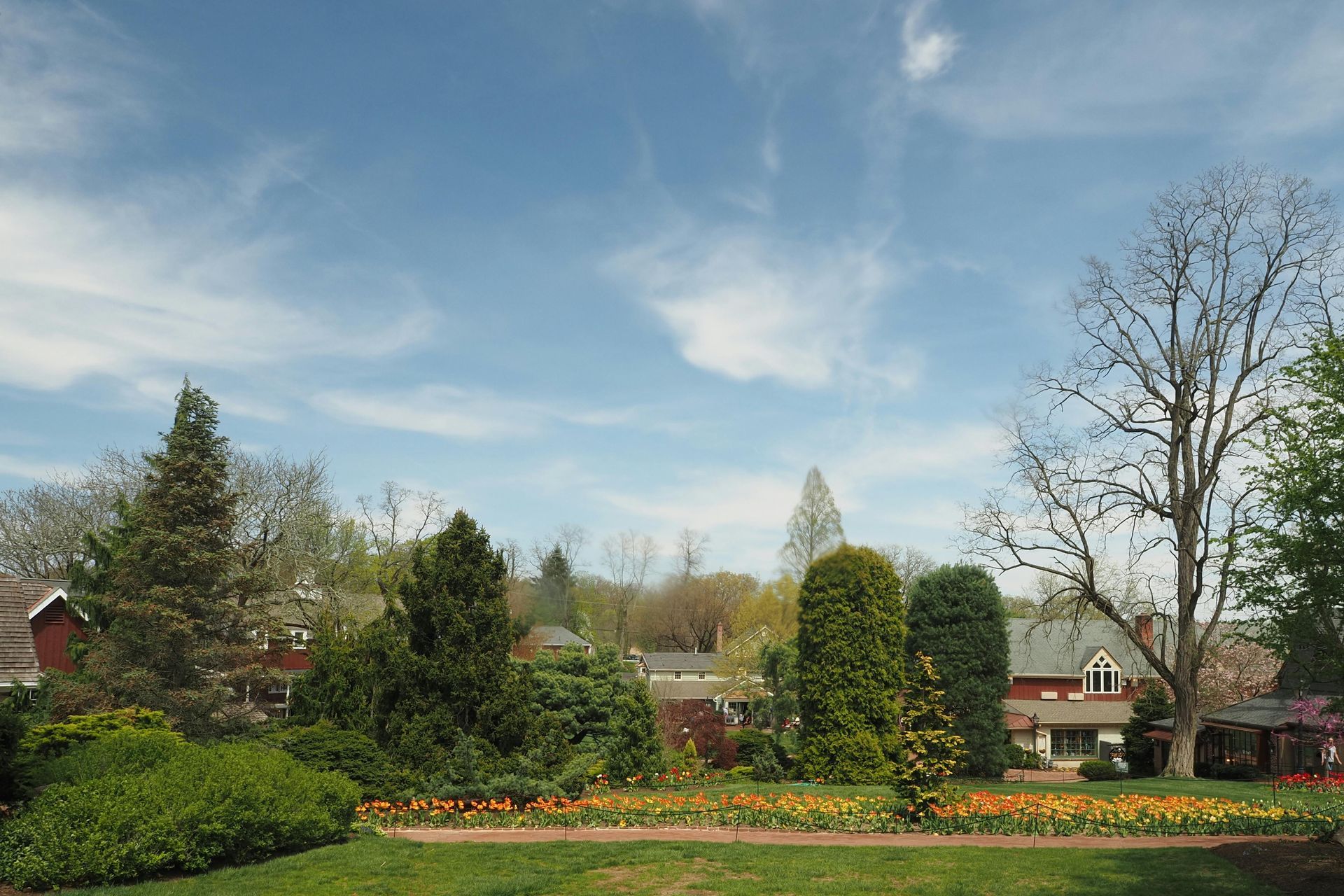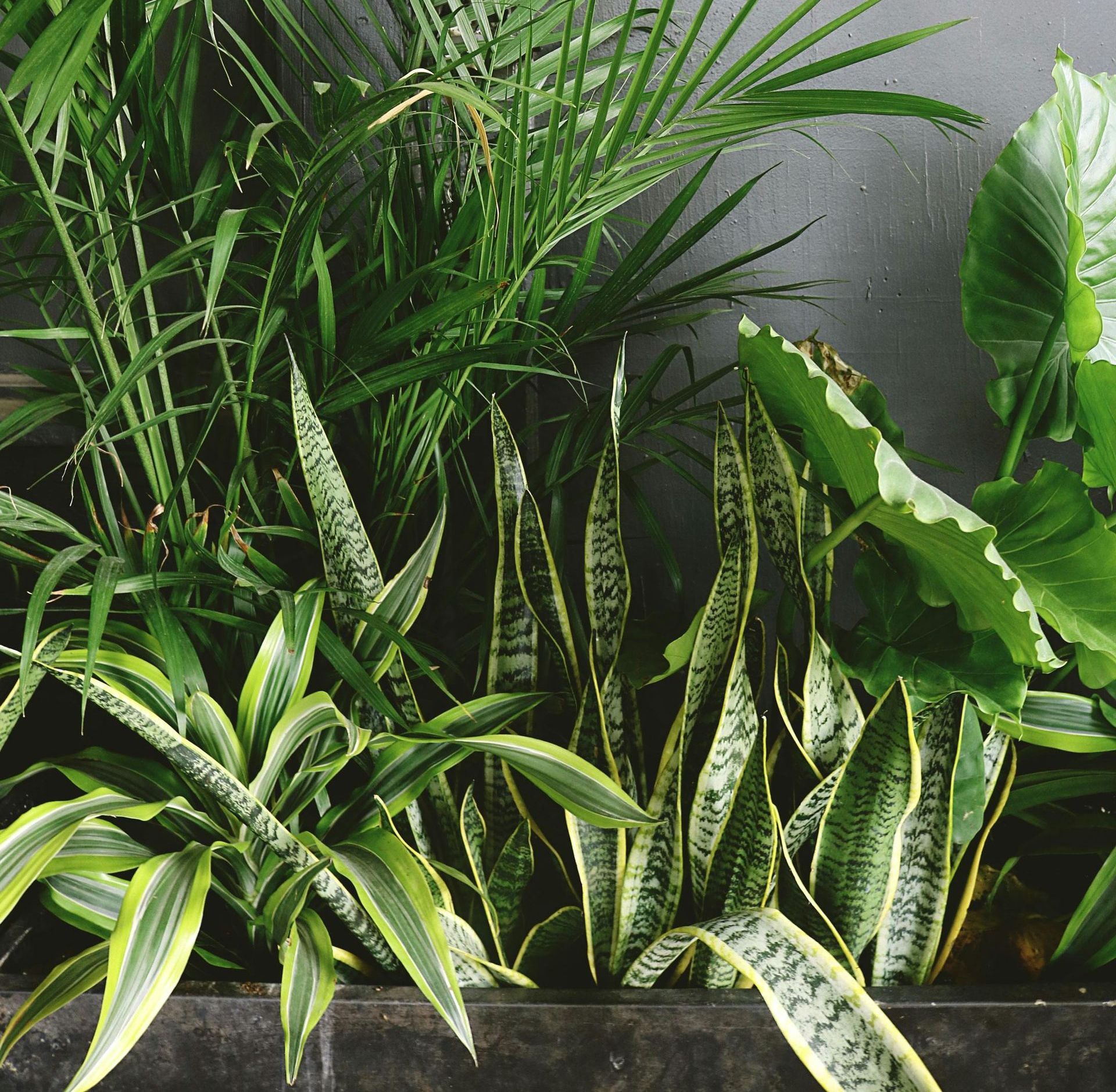Hardscaping vs. Landscaping: Understanding the Differences in Outdoor Design
When planning to enhance your outdoor space, it's important to understand two essential components: landscaping and hardscaping. While they work hand in hand to create functional and beautiful yards, patios, and gardens, they serve distinct purposes. Here's a breakdown of what each term means, how they differ, and why both are vital in outdoor design.
What Is Landscaping?
Landscaping refers to the living, organic elements of your outdoor environment. This includes:
- Lawns
- Trees and shrubs
- Flower beds
- Garden design
- Ground cover (mulch, grass, moss)
- Soil and grading
Landscaping focuses on shaping the natural terrain and adding plants to improve aesthetics, environmental value, and curb appeal. Landscaping often involves ongoing maintenance like mowing, pruning, watering, and fertilizing.
What Is Hardscaping?
Hardscaping involves the non-living, built elements of your outdoor space. These are often permanent or semi-permanent features, such as:
- Patios and decks
- Walkways and driveways
- Retaining walls
- Outdoor kitchens and fire pits
- Stone pathways
- Fences and pergolas
- Water features (fountains, ponds, etc.)
Hardscaping provides structure, defines outdoor areas, and adds functionality. These elements are typically constructed from materials like stone, brick, concrete, metal, or wood.
Key Differences Between Landscaping and Hardscaping
| Feature | Landscaping | Hardscaping |
|---|---|---|
| Elements | Living (plants, soil, grass) | Non-living (stone, wood, concrete) |
| Function | Beautifies, provides shade and life | Adds structure, function, and accessibility |
| Maintenance | Requires ongoing care (watering, mowing) | Usually low maintenance after installation |
| Environmental Impact | Supports ecosystems, absorbs rainwater | May require drainage planning, can heat up |
| Cost (initial) | Generally lower upfront costs | Higher upfront due to materials/labor |
| Longevity | Seasonal changes, can die or change | Long-lasting, typically permanent |
How Hardscaping and Landscaping Work Together
A well-balanced outdoor design integrates both hardscaping and landscaping. For example:
- A stone patio (hardscape) surrounded by flower beds (landscape) creates both function and beauty.
- A retaining wall can support tiered gardens on a sloped property.
- Paver walkways can guide visitors through lush gardens.
When done thoughtfully, hardscaping provides the framework that supports the softness and life of landscaping. Together, they create inviting, usable, and visually appealing outdoor spaces.
Planning Your Outdoor Space: Which Comes First?
When starting from scratch or doing a major renovation:
- Start with hardscaping. Install patios, walls, paths, and structures first—these often require heavy equipment and can disturb the ground.
- Follow with landscaping. Once the structural elements are in place, you can begin planting, shaping the soil, and adding organic matter.
This sequence avoids damage to plants and makes installation smoother and more efficient.
Why It Matters
Understanding the difference between landscaping and hardscaping helps:
- Communicate clearly with contractors or designers
- Plan realistic budgets
- Prioritize long-term goals (low maintenance, function, visual appeal)
- Improve your property’s resale value, usability, and aesthetics
Final Thoughts
Whether you're refreshing your backyard or building a full outdoor living space, both hardscaping and landscaping play crucial roles. Hardscaping brings durability, structure, and function, while landscaping brings life, beauty, and environmental benefits.
Balancing the two ensures your outdoor space is not only beautiful but also practical and enduring.


Sign up for monthly newsletters!
Get our latest articles, delivered right to your inbox. No spam, ever.
Contact Us
Check out the latest...







